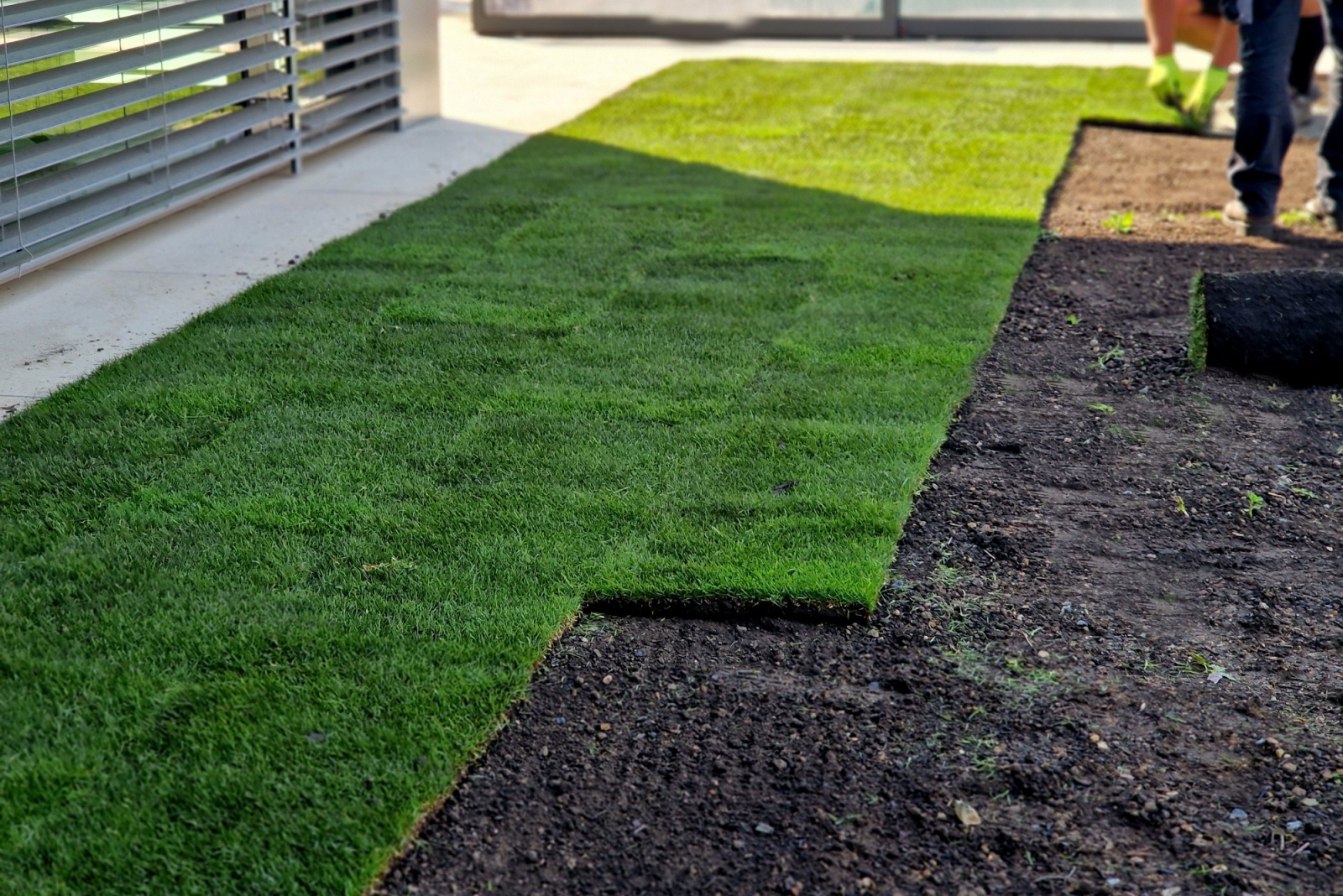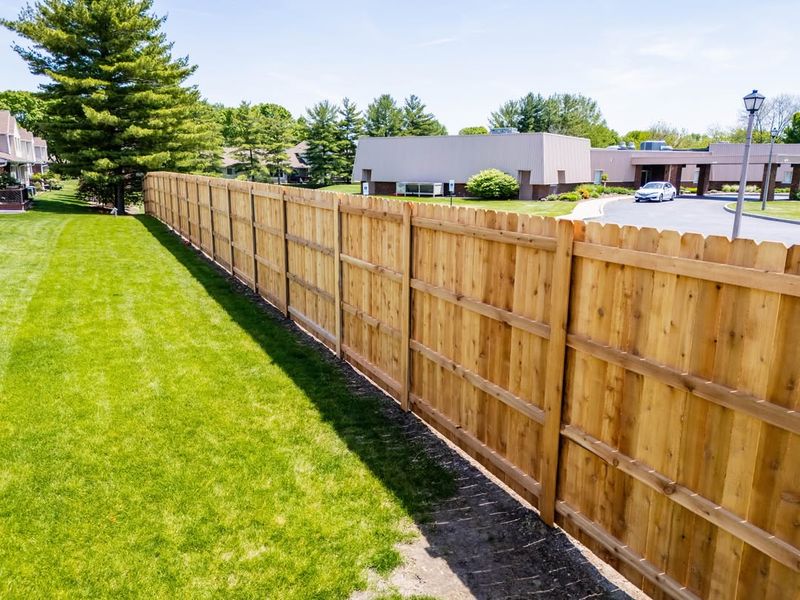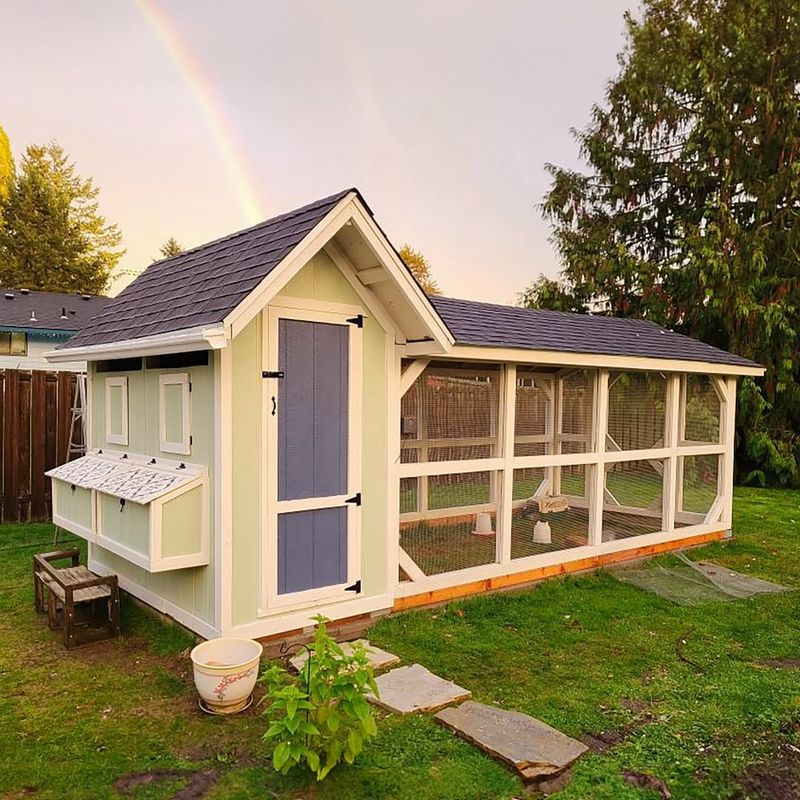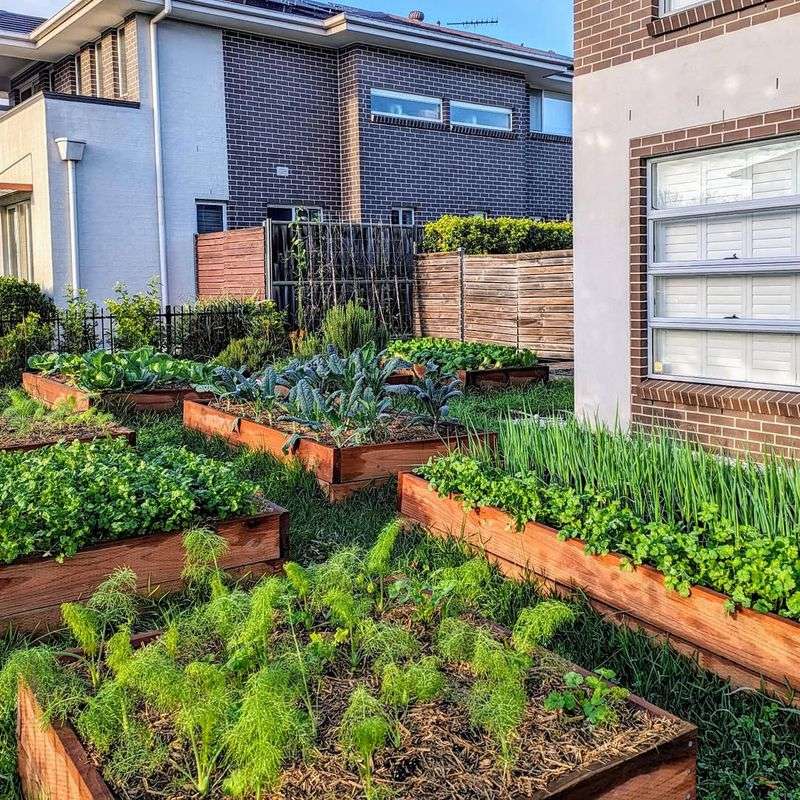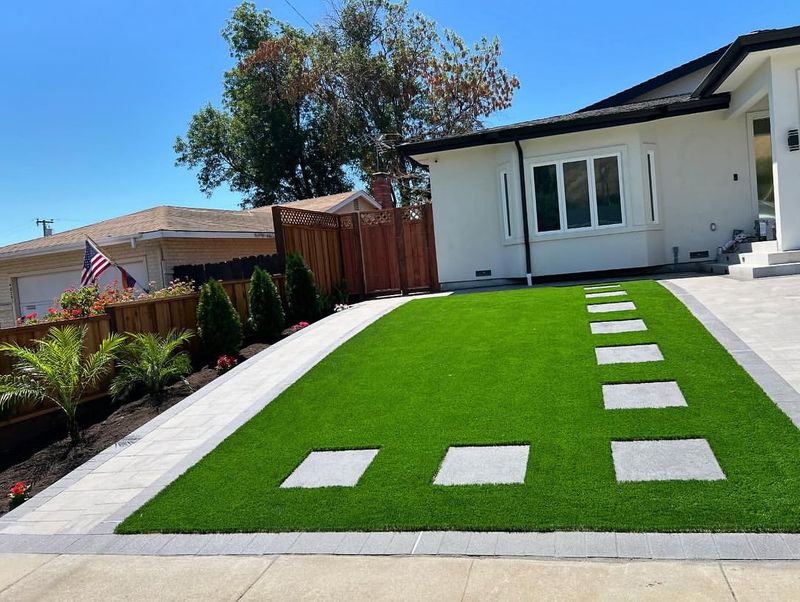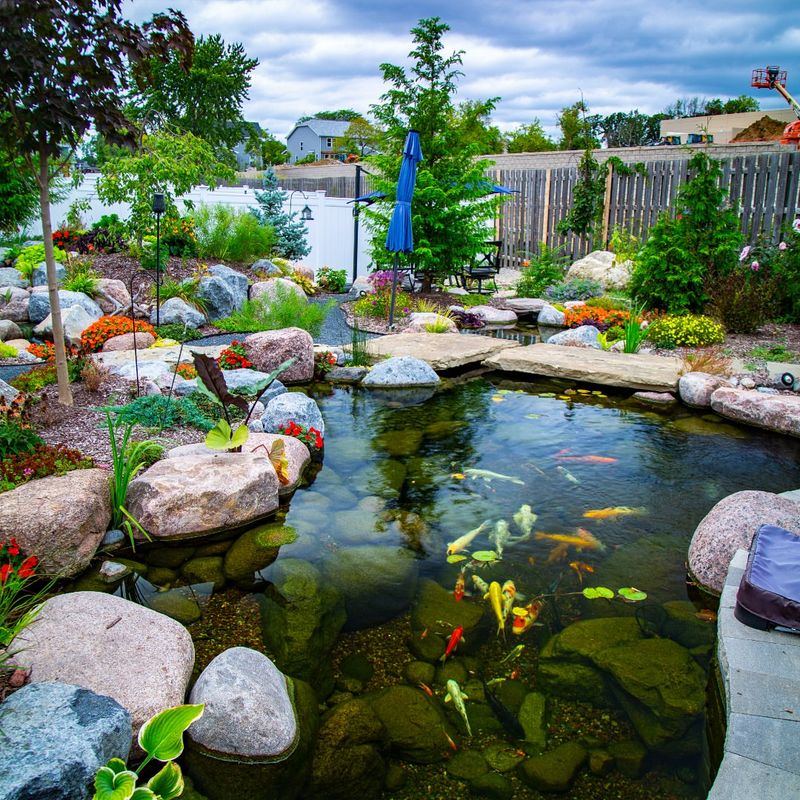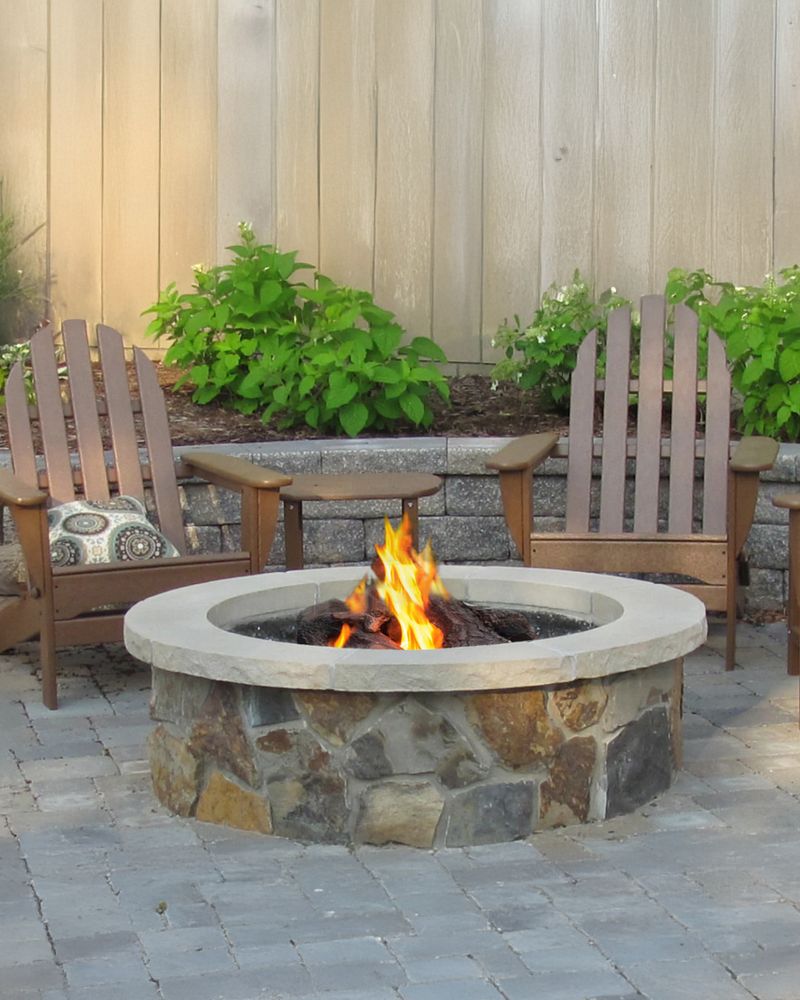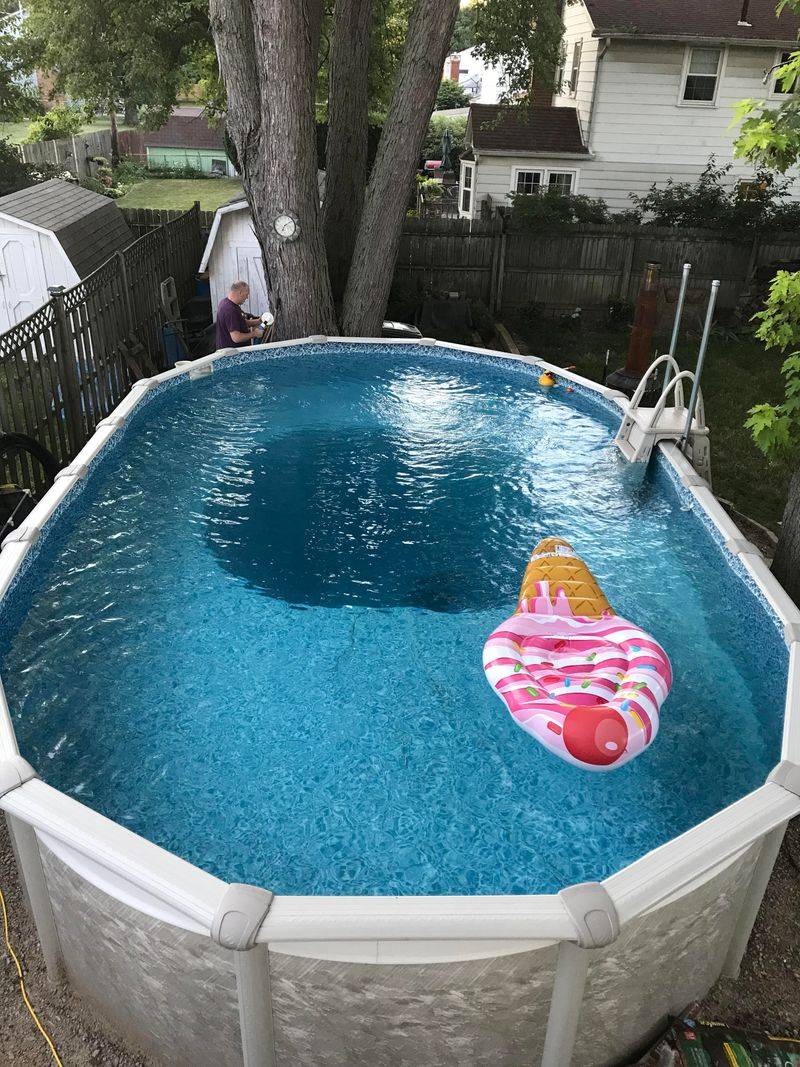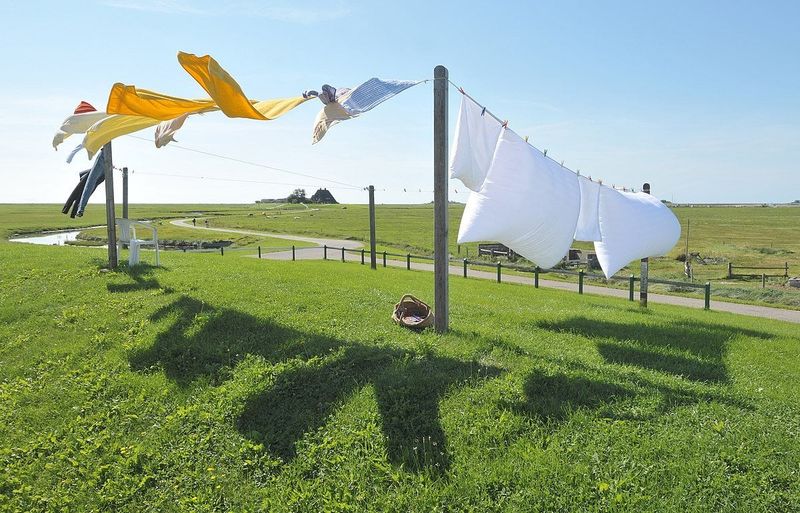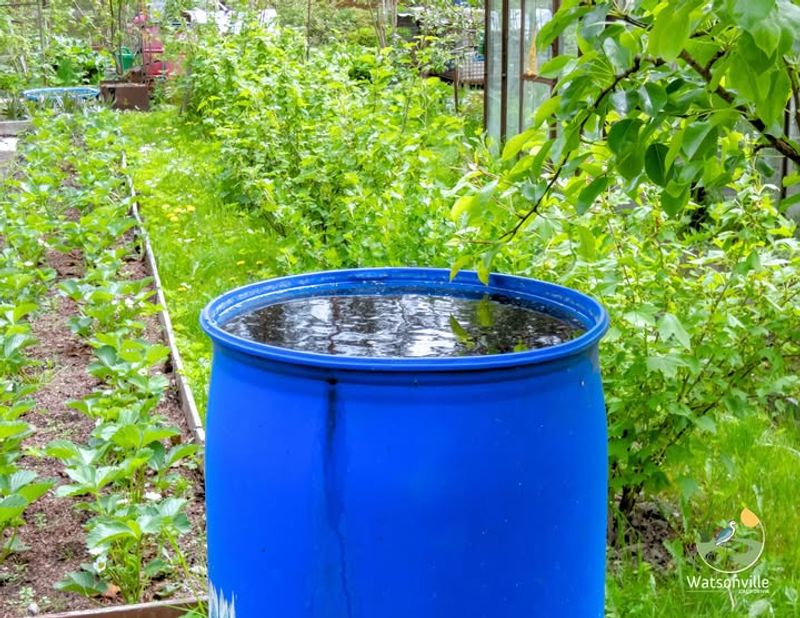Wisconsin neighborhoods are changing how they regulate what homeowners can put in their yards. Many common features we love might soon face restrictions due to safety concerns, environmental impact, or neighborhood aesthetics.
Before you invest in your dream yard, check if these popular additions might land you in hot water with your local HOA or city ordinances.
1. Towering Privacy Fences
Many Wisconsin homeowners install six-foot privacy fences to create backyard sanctuaries, but these barriers face increasing scrutiny. Local ordinances often cap fence heights at four feet in front yards, with some communities pushing for similar restrictions in backyards.
The reasoning? Tall fences block emergency access, create wildlife barriers, and can make neighborhoods feel closed-off. Before building that perfect privacy screen, double-check your local regulations—they might be changing.
2. Chicken Coops
Backyard chicken keeping has exploded in popularity, but not everyone’s thrilled about neighborhood fowl. Urban and suburban Wisconsin communities are increasingly restricting or outright banning chicken coops due to noise complaints, odor concerns, and potential rodent attraction.
Even where allowed, strict regulations on coop size, chicken count, and distance from property lines are becoming common. The farm-to-table movement might need to adapt as these restrictions spread across the state.
3. Front Yard Vegetable Gardens
Growing tomatoes and zucchini in your front yard might seem harmless, but many Wisconsin HOAs and municipalities disagree. Front yard vegetable gardens face increasing restrictions because they don’t match traditional neighborhood aesthetics.
Critics argue these gardens reduce property values and create unkempt appearances. Garden advocates fight back, citing food security and sustainability benefits. The battle continues, with more communities considering rules limiting edible plants to backyards only.
4. Artificial Turf Lawns
Fake grass might seem like the perfect low-maintenance solution for Wisconsin’s challenging climate, but it’s facing growing opposition. Environmentalists argue artificial turf creates heat islands, prevents natural water absorption, and harms beneficial insects.
Several Wisconsin communities now limit or prohibit synthetic lawns, especially in front yards. The plastic alternative to natural grass may save on mowing time, but increasingly strict regulations could make this seemingly simple solution surprisingly complicated.
5. Water Features And Koi Ponds
Tranquil backyard ponds with colorful koi fish create peaceful retreats, but they’re swimming into regulatory trouble. Safety concerns about child drowning risks have prompted stricter regulations on depth, fencing requirements, and proximity to property lines.
Additionally, environmental worries about invasive species and mosquito breeding grounds fuel opposition. Wisconsin’s freezing winters present unique challenges for these water features, making them increasingly subject to special permitting and inspection requirements.
6. Recreational Fire Pits
Nothing beats gathering around a backyard fire on cool Wisconsin evenings, but this beloved tradition faces growing restrictions. Air quality concerns, fire safety issues, and neighbor complaints about smoke drift have led many communities to implement strict rules.
New regulations often specify minimum distances from structures, maximum fire size, and even burning curfews. Some neighborhoods now require permits or restrict fire pits entirely during dry conditions or air quality alerts. Your s’mores tradition might need updating!
7. Above-Ground Swimming Pools
Summer splashing in backyard pools provides welcome relief from Wisconsin humidity, but above-ground pools face mounting restrictions. Safety concerns drive most regulations, with requirements for locking ladders, surrounding fences, and proper electrical installations.
Aesthetically, many HOAs consider these pools eyesores and ban them outright. Even temporary inflatable pools increasingly fall under similar rules. Before investing in summer water fun, verify your community’s regulations—they might be stricter than you’d expect.
8. Clotheslines
The humble clothesline—once a backyard staple—has become surprisingly controversial in Wisconsin neighborhoods. Despite being eco-friendly alternatives to energy-hungry dryers, many HOAs ban outdoor clothes drying, claiming they create unsightly views and reduce property values.
Some states have passed “right to dry” laws protecting homeowners’ clothesline rights, but Wisconsin isn’t among them. Environmental advocates continue fighting these restrictions, arguing for the substantial energy savings that line-drying provides.
9. Rain Barrels And Cisterns
Water collection systems help Wisconsin gardeners conserve resources, but they’re increasingly regulated. Concerns about mosquito breeding, child safety, and aesthetic appearances drive many of the restrictions.
Some communities limit barrel size, quantity, or visibility from the street. Others require specific designs or screening. The irony? Many municipalities simultaneously promote water conservation while their regulations make implementation challenging. Check local ordinances before installing that rain collection system you’ve been eyeing.

